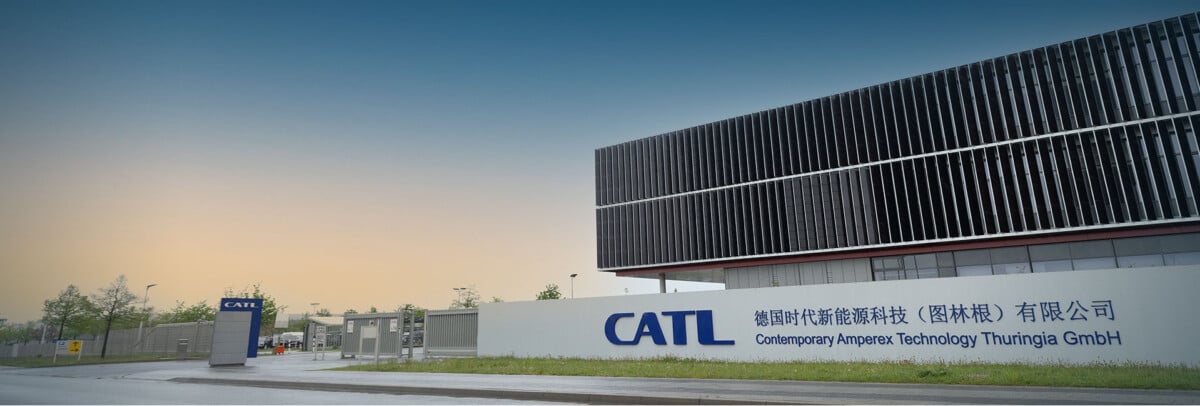Tesla is in discussions with the Chinese giant CATL to form a partnership around the development of new battery cells that recharge more quickly. The latter could adopt LFP technology in order to reduce costs and equip the future Model 2 for less than $25,000.
Today, and for several years now, batteries have been the lifeblood of electric cars. Indeed, autonomy as well as charging remain particularly important points for motorists.
New, cheaper batteries
This is how manufacturers are working to develop solutions allowing faster charging and, above all, greater autonomy. Among them, we can notably cite Zeekr with its 1,000 kilometers, or even IM Motors which will also integrate solid batteries into its cars. But where is Tesla? The firm currently uses several types of accumulators.
These include NCA (nickel-cobalt-aluminum), NMC (nickel – manganese – cobalt) and LFP (lithium – iron – phosphate) chemistries. The manufacturer is currently developing its 4680 cells, which are less expensive to produce and offer greater energy densitywhich should notably be used for the future Model 2. Unless the sedan, which would arrive in 2025, opts for new batteries.

This is what the journalists of the American site suggest Bloomberg. The latter explain that Tesla is in the process of discussing with the Chinese giant CATL in order to develop new batteries for its cars. The latter would notably call on the LFP technology, known for its lower cost. These new cells would then equip the new electric sedan from the Texas-based brand.
Which would allow it to display a very low price, located below 25,000 euros. Enough to compete head-on with the new Renault 5 E-Tech, the Citroën ë-C3 or even the future Volkswagen ID.2. But this is not the only advantage of this new battery, which offers many advantages.
Fast charging but not only
Tesla already uses LFP batteries: for the Propulsion versions of its Model 3 and Model Y. On the Tesla Model Y manufactured in Berlin, the LFP cells supplied by BYD make it possible to recharge ultra-rapidly, in just 20 minutes. to go from 10 to 80%. Compared to 25 to 30 minutes on other versions of the American manufacturer’s electric cars.

It is possible that Tesla will integrate CATL’s M3P technology. Because this pack also loads very quickly, with a speed which should reach 4C. Which means it is four times higher than the battery capacity. Like Shenxing technology, also designed by CATL, the M3P accumulator could recover 400 kilometers in just 10 minutes. If the capacity is displayed at 60 kWh, the power that can be collected would be 240 kW. Or 320 kW for an 80 kWh battery. Compared to 170 kW and 250 kW for current Tesla batteries.
This new battery should be manufactured in the United States, and more precisely in the Tesla factory located in Nevada. CATL would then provide its own machines to the manufacturer, but would let the latter manage the entire production.
Did you know ? Google News lets you choose your media. Don’t miss Frandroid and Numerama.
